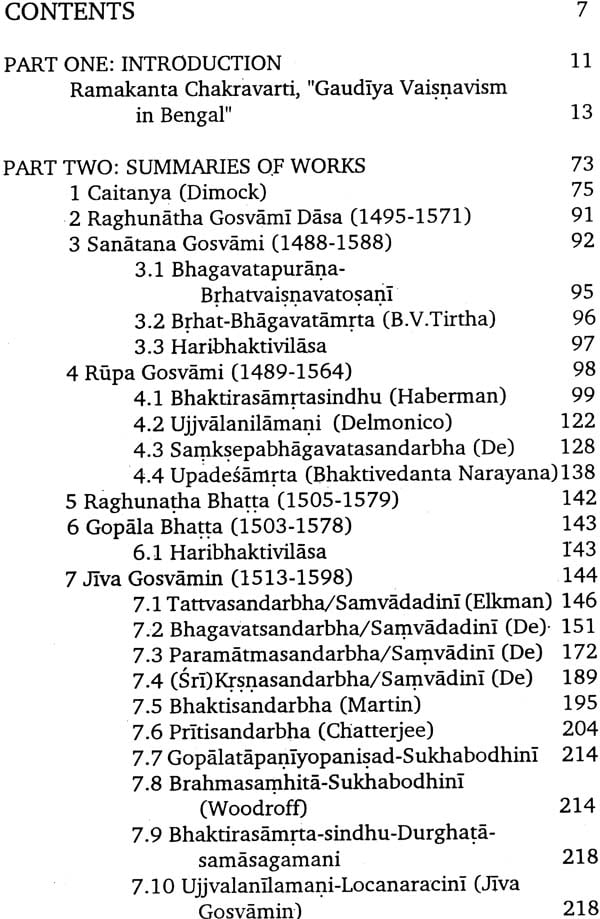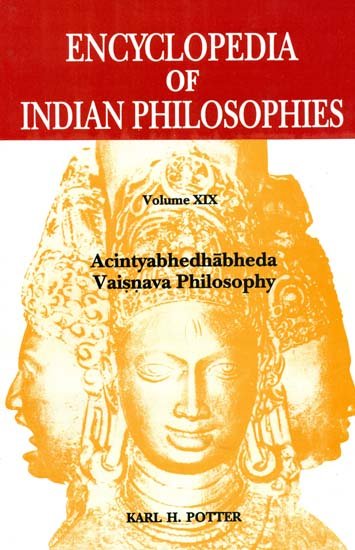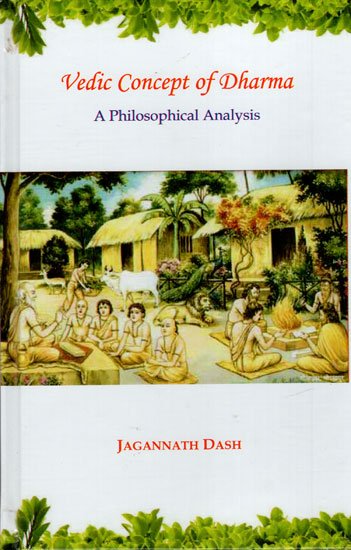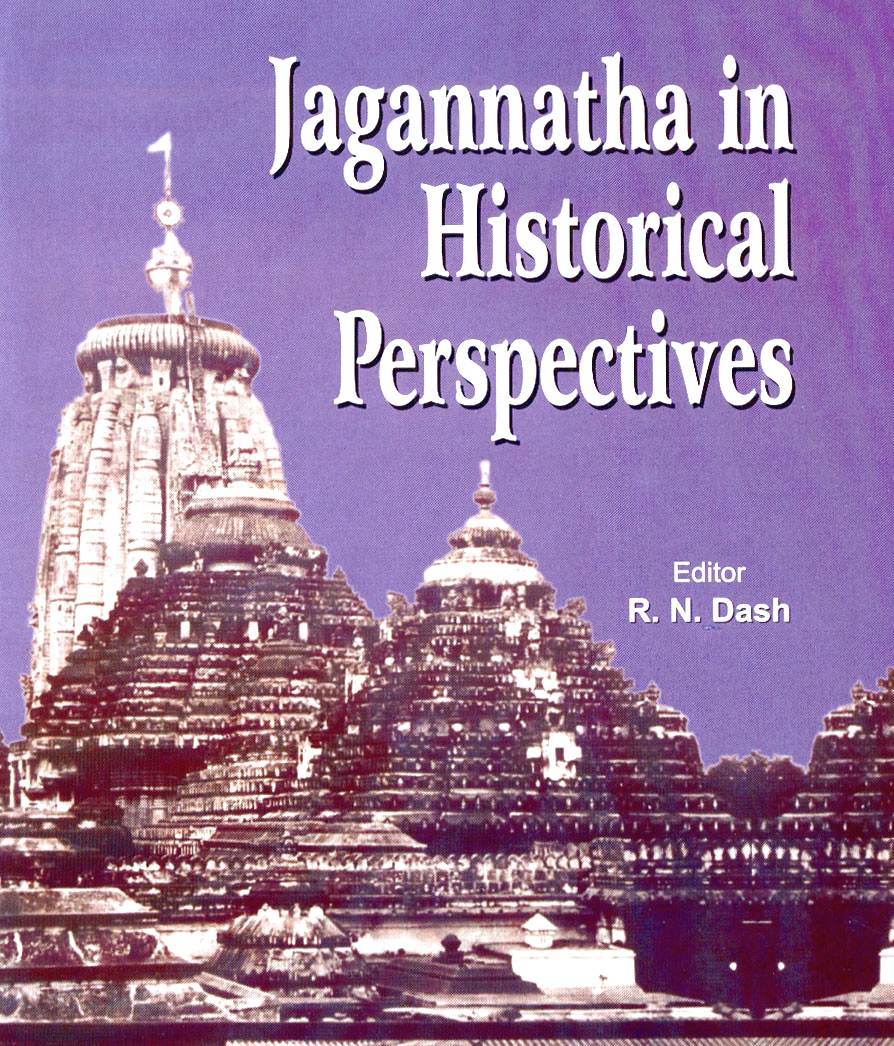Encyclopedia of Indian Philosophies: Acintyabhedhabheda Vaisnava Philosophy (Volume XIX)
Original price was: ₹2,000.00.₹1,750.00Current price is: ₹1,750.00.
| Author | Karl H. Potter |
| Edition | 2016 |
| ISBN | 9788120839977 |
| Pages | 412 |
| Binding | Hardbound |

The system that is the subject of the present volume is one such devotional system. As this volume demonstrates, the concern of this system is two-fold: liberation is accepted but downplayed in the face of the requirements of true devotion. The system is but one representative of devotional systems; other such systems, equally deserving of a volume devoted to them (such as Suddhadvaita), are regrettably not planned for inclusion in this Encyclopedia.
“Vaisnavism in Bengal assumed a tangible form only during the century of the Sena dynasty (AD .1100-1206) which was of Kanarese origin. The pristine bhakti movement of the Deccan had already been set on a firm basis by Acarya Ramanuja. The influence of the Sri-Vaisnava doctrine might have percolated into Bengal at this time. In the twelfth century A.D., Jayadeva composed the Gitagovinda in which Sri-Vaisnava influence and that of the Brahmavaivartapurana (composed in the seventh century A.D.) may be discernible. The songs of the Gitagovinda attach greater importance to Radha than to Krsna. The extant modes of rendering the verses of this work into songs are of Kanarese origins. These facts may be regarded as an indication of the influence of the Deccanese bhakti movement. But the philosophical aspects of the Vaisnava faith of the time are not definitely identifiable. A synthesis of the ancient Vyuha and Avatara doctrines might have taken place. But yet the fact was that Jayadeva had put considerable emphasis on the erotic aspects of Radha-Krsna worship. Stray verses had been composed on this particular theme in the past. But what were the forces which led to the composition of a whole, ornate Kavya on this motif? According to Suniti Kumar Chatterjee, Jayadeva, who was probably not a Vaisnava, derived his theme from a pre-existent ‘vernacular lyric drama. But the origins of erotic devotionals may be found in the Krsna legends of the Padma, the Bhagavata, and the Brahmavaivarta Puranas. The sculptures on, the basement of the Paharour temple which depicts the main events of the life of Krsna indicate the popularity of the Krsna cult in Bengal during the Pala period, from the middle of the eighth century to the beginning of the twelfth.” It is quite reasonable to suppose that Jayadeva’s motif was not unknown to contemporary Bengal. Poor pilgrims sang the songs of Radha and ‘Madhava’. “The Bengali poet named Dimboka composed the following verse on this theme:
The pilgrims in the street have warded off the painful cold with their broad quilts sewn of a hundred rags; and now with voices clear and sweet, they break the morning slumber of the city folk with the songs of the secret love of Madhava and Radha.
The earlier epigraphic records hardly mention the lives of Radha and Krsna. Suddenly, in the twelfth century, Krsna appears in the ornate poetry of eastern India as a supernatural lover of the milkmaids. Jayadeva might have set the pattern which was followed by the poets of the contemporary anthologies. Acarya Govardhana, a contemporary of Jayadeva, wrote a good number of verses on the loves and the supernatural achievements of Krsna. Both Aniruddha Bhatta and Halayudha, two eminent compilers, and interpreters of the Dharmasastra wrote short but significant manuals on Vaisnava rituals. The importance of the Vaisnava religion is emphasized in the contemporary Brhaddharmapurana; Vaisnavism was used to bolster up non-vedic or puranic faiths. According to one authority, some pundits of Mithila went to Assam (Kamarupa) and ‘tried to aryanise the country by means of Vaisnavism.
“But the aspects of the Krsna cult of the twelfth and the thirteenth centuries are not very distinct. The Krsna worshipers had to wage a long war against the Tantric Buddhists and the votaries of Siva-Sakri. Tantric Buddhism was decadent; its dying traditions were somehow kept up by a number of secret societies that practiced the worst forms of licentiousness. The main opponents of Vaisnavism were the devotees of Siva-Sakti. 15 According to D.D. Kosambi the Siva-Sakti cult was patronized by the rich landowners while Vaisnavism was popular among the peasantry.
The Paikpada-Vetka-Vasudeva image inscription of the time of Govindacandra and the Madanapada and Madhyapada Copper Plate inscriptions of Visvarupasena ‘show that the merchant community as a whole (including betel-growers) showed their inclination to Vaisnavism’. But the social affiliations of these sects are not always definitely identifiable. The Vaisnavas had, however, clearly neutralized the Buddhists by accepting the Buddha as an incarnation of Visnu. The legend of the Vaisnava incarnations of the Buddha was current even in the fourteenth century. With the beginning of the powerful Caitanya movement the Buddha, at least in Bengal, was finally consigned to limbo. 19 The Vaisnava emphasis on the idea that Radha was Sakti par excellence of Krsna might have stemmed from the Sakti theory of Tantric Buddhism. The Vaisnavas also accepted the Sakti-Saiva idea in a modified form. But while the worshipers of Sakti believed in the predominance of the female Sakti over the male gods, the Vaisnavas regarded Sakti as the most essential attribute of Visnu-Krsna, the Supreme God.
“The growing strength of Vaisnavism in Tirhut-Mithila and Bengal is seen best in the development of vernacular Vaisnava poetry. Early in the fifteenth century, Vidyapati, the Court Poet of Mithila, wrote in Vajrabuli language a large number of excellent verses on the loves of Radha and Krsna. These verses provided the model of Vaisnava love poetry which was followed even by Rabindranath Tagore. Vidyapati, too, was a Smrata-pancopasaka, and riot a Vaisnava. He created different concepts of Radha as heroine of different moods and erotic situations. Perhaps the model for him was one of the adolescent and beautiful wives of a medieval harem. Vidyapati also composed a number of verses on Hara (Siva) and Parvati. At least in two verses of Vidyapati Radha describes Krsna as her Pati and Svamin (husband). Perhaps the idea that Radha was e parakiya (another man’s wife) was not acceptable to him. Yet he was definitely influenced by the Krsna legend of the Brahmavaivarta-Purana and the Bhagavata-Purana.

Only logged in customers who have purchased this product may leave a review.










Reviews
There are no reviews yet.